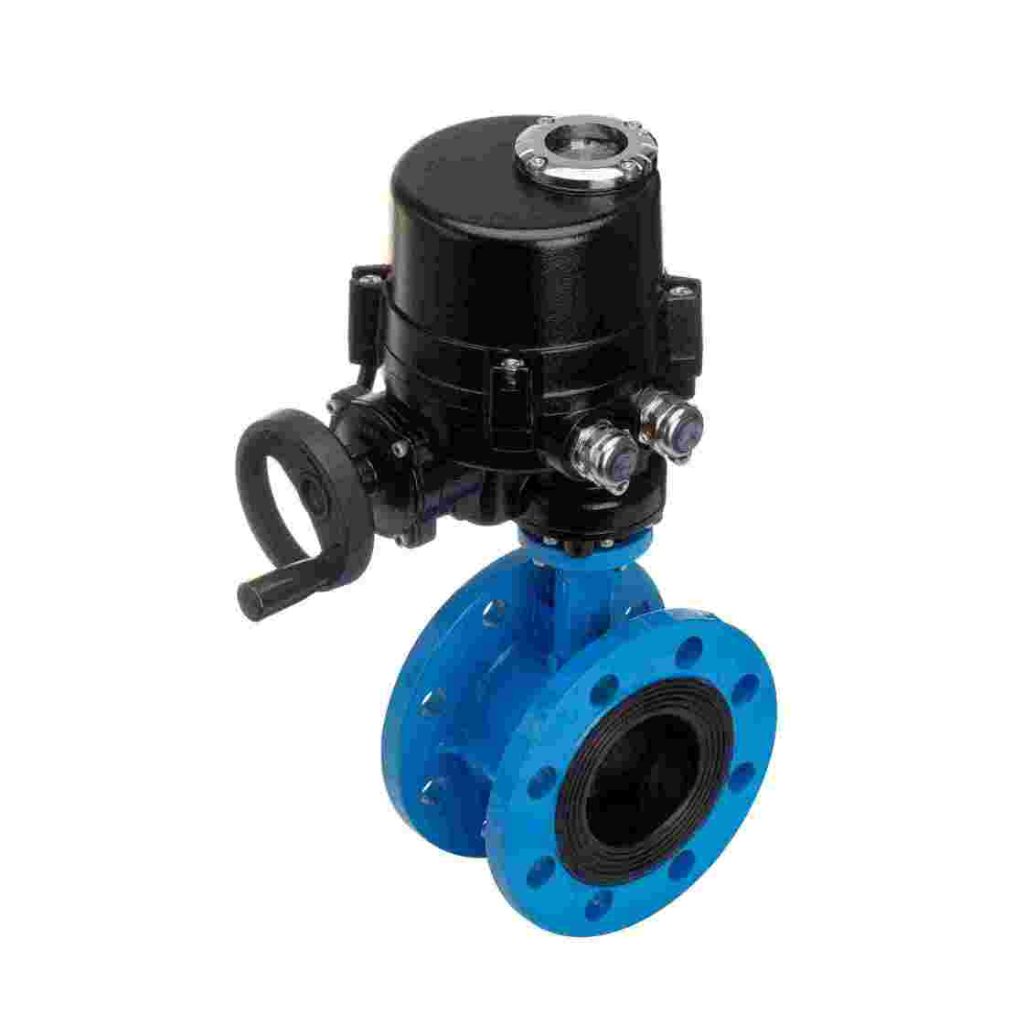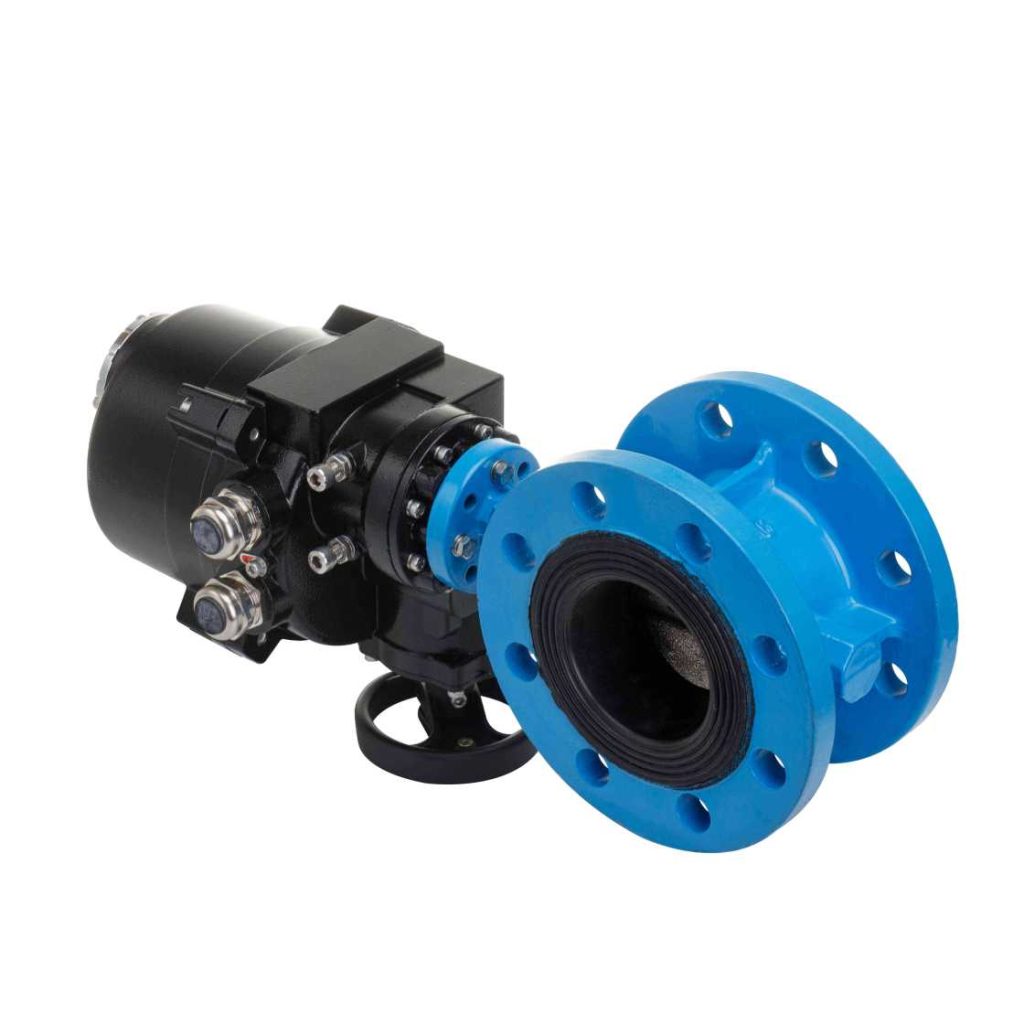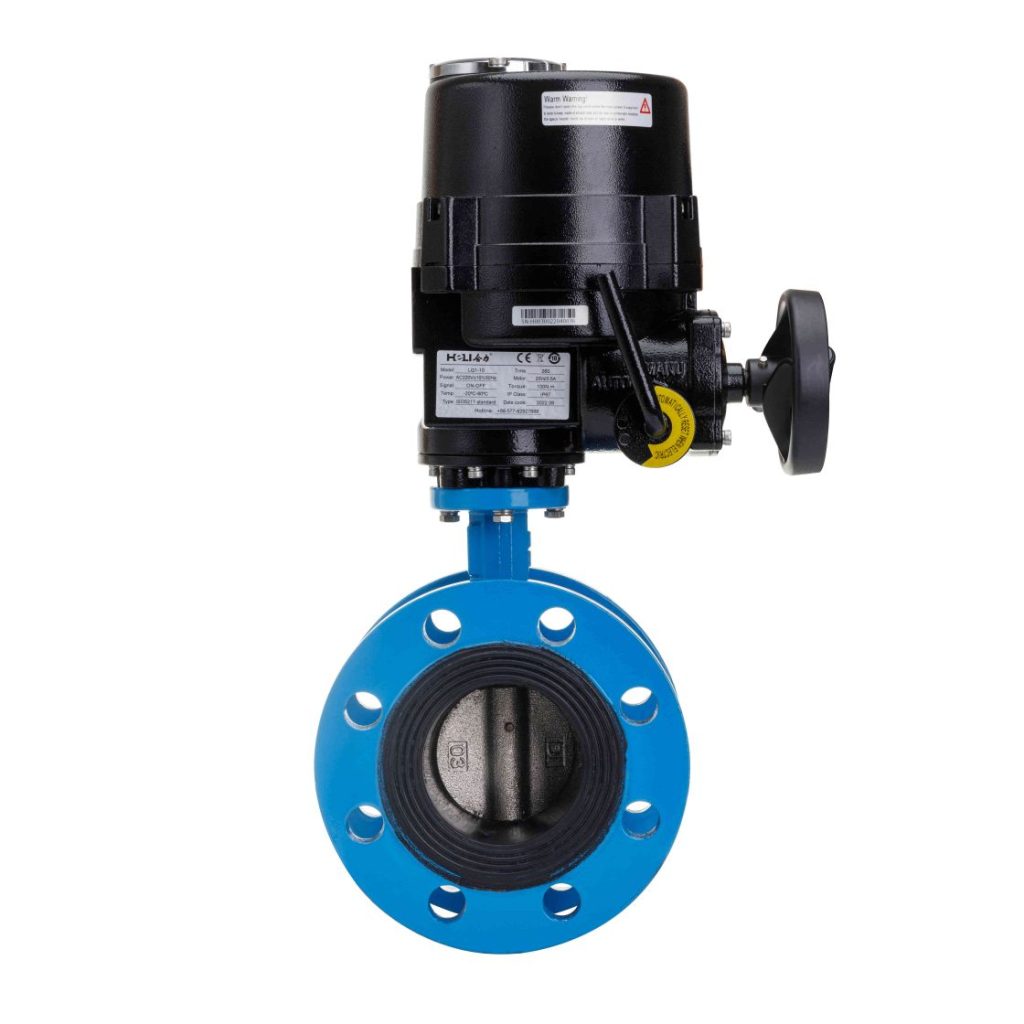Explosion-proof electric flanged butterfly valves are an essential component in various industries that require precise control over the flow of fluids and gases, especially in hazardous environments. These valves are designed to ensure both operational efficiency and safety in settings where explosions could occur due to volatile gases, chemicals, or flammable substances. In this article, we will explore the function, design, and applications of explosion-proof electric flanged butterfly valves, highlighting their importance in modern industrial operations.

Understanding Explosion-proof Electric Flanged Butterfly Valves

A butterfly valve, known for its compact design and quick operation, is widely used to regulate flow in pipelines. The “flanged” aspect of the valve refers to its connection to the pipeline, which involves bolting the valve’s flange directly to the pipe. The addition of electric actuation allows for automated, precise control over the valve, enhancing operational efficiency and ease of use. What sets explosion-proof electric flanged butterfly valves apart is their design to operate safely in hazardous areas where there is a risk of explosion. These valves are equipped with electric actuators that are specially engineered to prevent sparks or heat from igniting flammable gases. Typically built to meet stringent international safety standards, these valves are classified as “explosion-proof” to offer protection in environments such as oil refineries, chemical plants, and mining operations.
